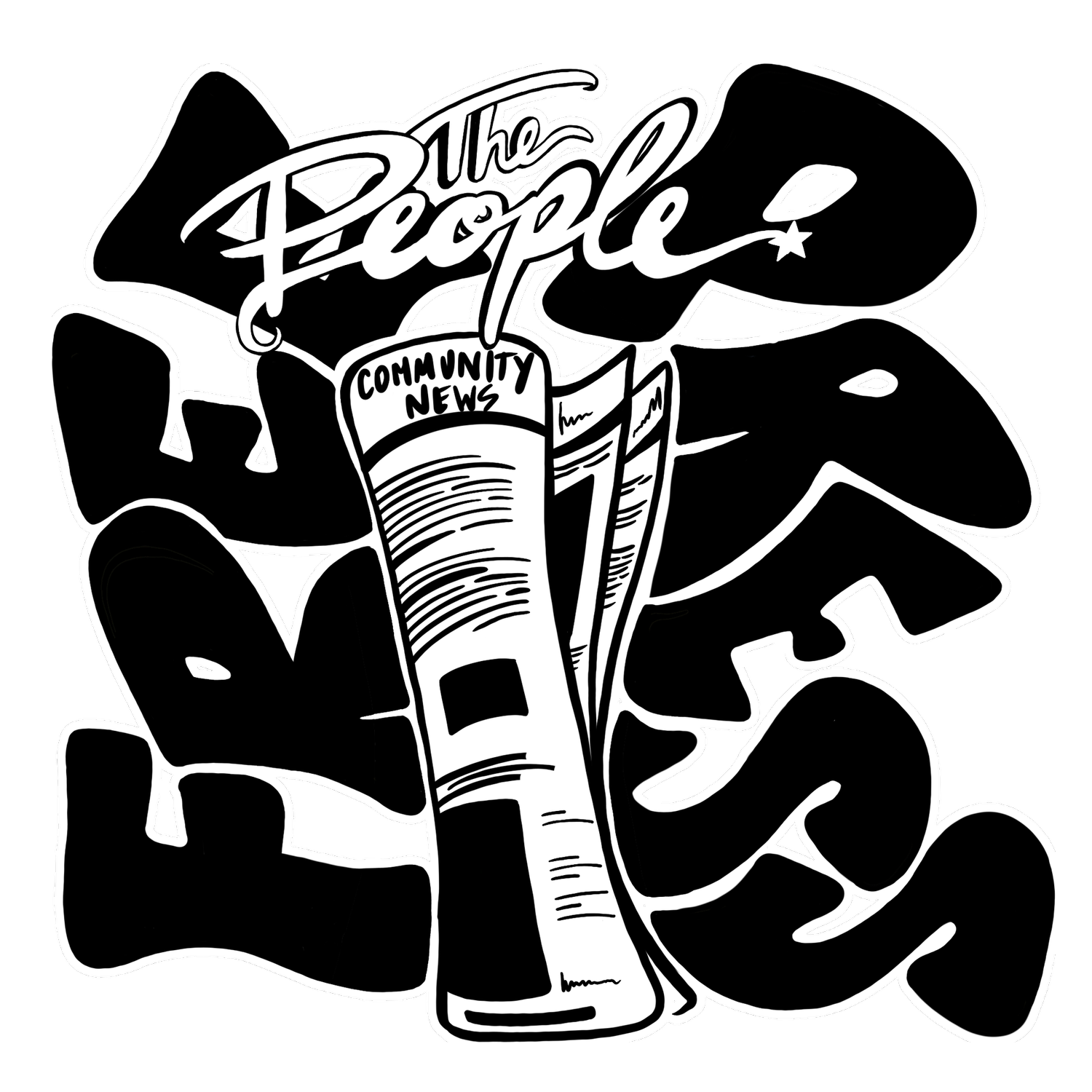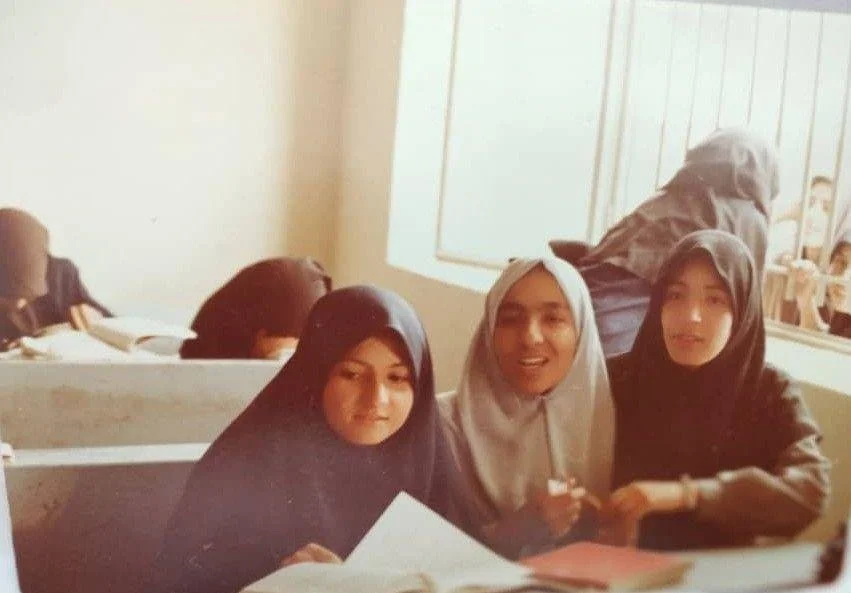Written by Rafiq Ali
To understand the Islamic Revolution we must understand the history of colonialism in the country and its impact on the material and spiritual development of the Iranian people. Iran’s suffering under colonialism was the most acute during the age of Imperialism in the late 19th/20th century. What was many times throughout its history, one of the most powerful and advanced nations on Earth, had fallen behind the countries of Europe who had grown prosperous from their genocidal exploitation of Africa and the “New” World.
This process accelerated when oil was discovered in Iran in 1908. This discovery precipitated the formation of the Anglo-Iranian Oil Company (now known as BP), a corporation which would take shape as a state monopoly of the British Crown (1). The British bourgeoisie, backed by the power of its empire, directly controlled Iran’s most precious natural resource for nearly half a century. The British capitalists brutally exploited Iranian workers in the oil fields of Khuzestan, and reordered the nation’s economic, political and social life around colonial extraction. The British Empire would quickly exercise their might during the first Imperialist World War when Iran was occupied by the British and Tsarist Russian armies who requisitioned grain for their troops. Additionally, livestock and other resources of the nation were requisitioned to keep the oil in the Khuzestan region flowing into British warships, factories and vehicles.
Of the roughly 19 million person population of Iran, an estimated 8–10 million would perish between 1917–1919 (2). All living Iranians today are the descendents of the half of the population which survived this colonial genocide. This was my great grandmother’s generation, a woman who welcomed my birth and shared the first several years of my life with me. Popular unrest and dissatisfaction with the Qajar dynasties’ capitulation to foreign domination led to the establishment of a national constitution in 1911, enshrining the constitutional monarchy. This form of government would become one of the world’s first experiments in Neo-Colonialism, a method of indirect rule which would end up defining the post-WW2 Global South.
When popular resentment from the exploitation of the nation could not be suppressed with escalating force, the British simply substituted one puppet for another via Coup D’etats in 1921 (replacing the Qajar Dynasty with Reza Shah Pahlavi) and in 1941 (replacing the Reza Shah with his own son, the man most know as the Shah of Iran of the 20th century). Reza Shah Pahlavi, reflecting the wannabe tendencies of the domestic comprador class, passed policies that directly attacked the indigenous Islamic culture with the goal of westernizing the country. A law requiring Iranians to dress in western clothing and another which banned all forms of Hijab/Chador (among a comprehensive attack on Iranian culture) led to the first popular rebellion of the Islamic base at the Imam Reza Shrine in Mashad. Here were Muslims at the vanguard of the struggle against colonialism, and so deeply ran the Iranian Islamic spirit that domestic policemen and armies refused to violate the sanctity of the shrine. Clergy and protestors declared the Shah as “the new Yazid” [a reference to the murderer of Imam Husayn (AS)]. It would be impossible to define in this essay the importance of Imam Husayn (AS) and Karbala to the revolutionary Shia national identity, and here we would see the first rumblings of a sleeping giant.This rebellion was put down when the Shah brought in troops from Iranian Azerbaijan who massacred the protestors, defiling the sacred shrine.
Like many nations in the Global South which sensed the strategic opportunity of the post WWII period, Iran would elect a well intentioned nationalist by the name of Mohammad Mossadegh as prime minister in 1952. His administration quickly went to work nationalizing the oil industry and passing a variety of social reforms. This would lead swiftly to a coup against his government led by the newly formed CIA in partnership with MI6. It would prove a valuable trial run for tactics which would become emblematic of the imperialist attack on global south nations to this day. What would follow was a period of brutal repression led by the CIA trained SAVAK secret police which murdered thousands of Iranians.
While under severe repression, the “sleeping giant” would begin to stretch its legs. Revolutionary Islamic intellectuals like Ali Shariati, Jalal Al-e Ahmad, and most famously Sayyed Ruhollah Khomeini would formulate the theory of a revolutionary national identity based on the Islamic fabric of Iranian society. This would culminate in the overthrow of the Shah’s regime in 1979 through mass demonstrations. During this time, mosques would become a hub of revolutionary organizing and education. A driving force was that religious Iranians would commemorate the deaths of martyrs in the struggle against the Shah on the 40th day following their martyrdom. During these mass demonstrations the Shah’s forces would kill protestors which would lead to more martyrdom marches until the whole of the religious population of Iran was mobilized. Khomeini specifically directed his followers to not accept concessions and to raise their demands ultimately to revolution.
While the Iranian people were initially spared catastrophic mass violence during the onset of the revolution, the western capitalist governments would not allow the new nation to develop in peace. The initiation of a genocidal proxy war via Saddam Hussein’s Iraq, an invasion characterized by mass casualties and western sponsored chemical weapon attacks, would be the prelude to decades of mass murder, destabilization campaigns and murderous sanctions.
Despite facing the brutality of imperialism’s full frontal assault, Iran has delivered great advances to its people. The victory of the revolution led to a renaissance of indigenous art in fields such as music, film and dance. Not only did the nation begin a protracted process of healing from spiritual damage but concomitantly the nation would begin its recovery from the imposed neocolonial extraction economy. As of 2022 the literacy rate is 96.2% (99.3% for women) compared to 36% under the Pahlavi regime (3). The life expectancy is 77 years today, compared to 56 years prior to the revolution (4). Iran is home to almost 100,000 worker cooperatives which account for 7–8% of the nation’s GDP, cooperatives which are enshrined in the nation’s constitutions as one of the 3 pillars of its economy (5). Iran is one of the few nations on earth which has developed its own Covid-19 vaccines and launched indigenous spacecraft into orbit.
Ian’s achievements are not limited to its domestic population but also its unflinching support for anti-imperialist struggle across the world. The Islamic Revolution birthed Hezbollah which liberated South Lebanon from Israeli occupation. The spirit of its Islamic revolutionary ideology has created millions of soldiers, like Hezbollah, who are dedicated to fighting colonial oppression. Iran’s Islamic Revolutionary Guard Corps (IRGC) led the fight against ISIS/Daesh in Syria and Iraq, most famously under the command of Shaheed Qassem Soleimani. Soleimani also developed anti-imperialist resistance forces in Yemen, Venezuela and Palestine. Soleimani and the IRGC supplied weapons to the Palestinian resistance and worked for over two decades towards the unification of the resistance and the coordination of Hamas, Hezbollah, and the Palestinian Islamic Jihad (PIJ). It was under his advisement that Gaza began fabricating its own offensive tools. He is responsible for the creation of the smuggling networks into Gaza and the sophisticated system of tunnels which the Quds Axis has used for many years to transport weapons into Palestine.
The Popular Front for the Liberation of Palestine (PFLP) has on multiple occasions credited Soleimani and Iran as playing a key role in the shift of power in the Palestinian liberation struggle. The resistance is more powerful in 2023 than it has ever been and the liberation of Palestine is a question of “when” not “if”. Soleimani is a symbol of the liberated Iranian, a martyr in the fight against colonialism and western domination. A man who took the wellbeing of the masses of the third world into his own hands. Heis someone who shows us how an individual can be transformed through revolutionary struggle. None of this would be possible in a world without the Iranian Revolution.
Jalil Muntaqim compares imperialism to an octopus which wraps its tentacles across the world. Its head is located inside the borders of the Amerikkkan settler colony. In Iran the people strike at the tentacle as it strangles them with genocidal sanctions and hybrid warfare. It survives despite being surrounded by imperialist military bases and the constant threat of a nuclear armed zionist colonial project. In order for the Iranian masses to truly be free, the head of the octopus must be dispatched. This is the importance and the relevance of the New Afrikan liberation struggle.
Capitalist-Imperialism, from its colonial embryo is fundamentally inseparable from the slave system and genocide of Afrikans. The necessity of the continuing slave system to the empire’s socioeconomic structure also creates its own greatest weakness: a colonized nation of Afrikans within its borders who have for centuries struggled for liberation. It is not conceivable that the peoples of the Global South could ever exercise true self determination without the total liberation of New Afrikans as a precondition.
The organization which I co-founded, Community Liberation Programs, takes this fundamental truth as our central organizing principle. Our organizers represent many nations, both external and internal to the US settler colony. We understand that our duty is to organize our own national communities in service of decolonization and New Afrikan liberation. As part of this commitment CLP has begun collaboration with People’s Programs in support of the breakfast program and other developing efforts. The recognition of the New Afrikan liberation struggle as the primary contradiction of any revolutionary movement within this country is the only logical principle by which multi-national/racial coalitions and movements can form. Countries like Iran show those of us within the imperial core what possibilities exist when the masses seize their destiny.
Iran is a nation which has forged its own revolutionary path and in the process of doing so has inspired millions of Muslims around the world. Our society is complex and the arduous path to its revolution has left it riddled with contradictions which must be resolved by the collective struggle of the Iranian masses. However, the importance of the Iranian revolution is very simple to understand. It has drastically raised the standards of living and the spiritual health of its own nation. It has extended the revolution not only to Palestine, Iraq and Lebanon but also to the hearts of oppressed Muslims around the world. And most importantly to those of us struggling for revolution in our society, it has provided us with a compelling example for the construction of a new nation and the transformation of people into revolutionaries.



